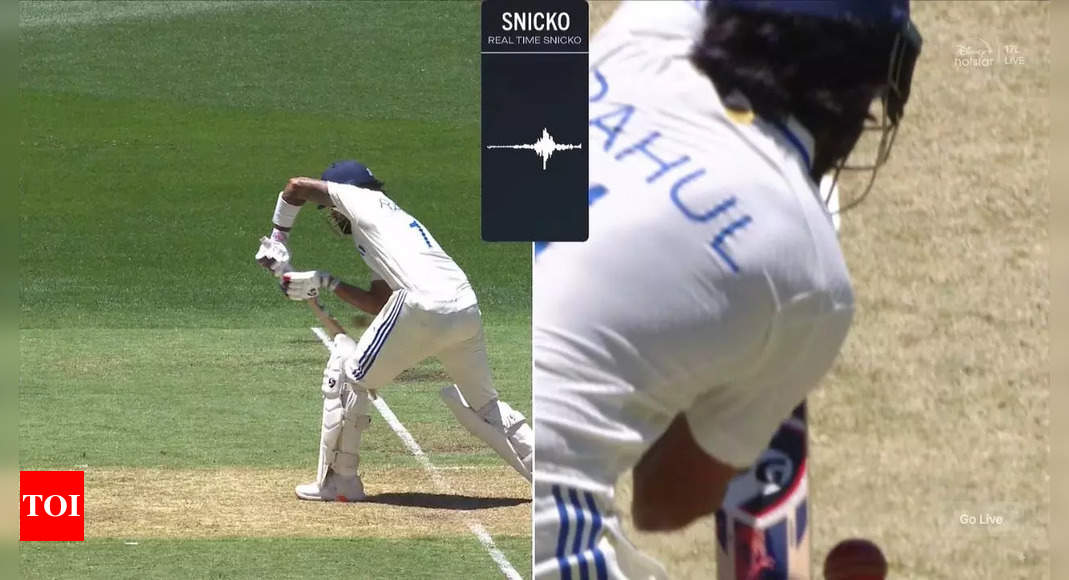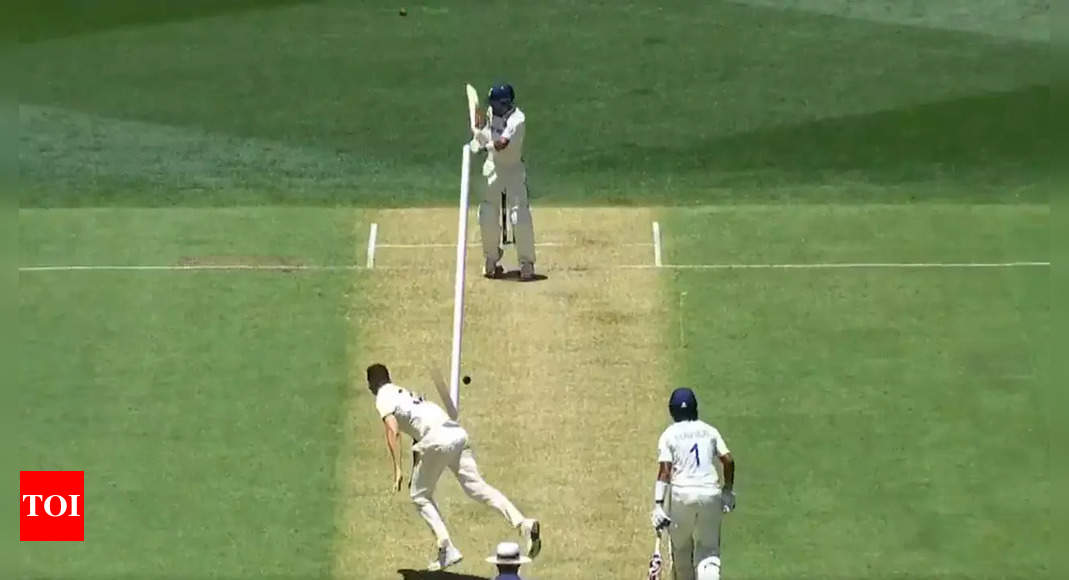
Regular spells of rain in Bengaluru in the last few days and forecast for more over the course of the first Test between India and New Zealand beginning on Wednesday may have the final say in the outcome of the series opener.
The toss has already been delayed because of continuous rain at the M Chinnaswamy Stadium; but if the weather relents and there’s no more rain, the state-of-the-art drainage system at the venue will come into play.
Live Updates: Day 1
Called the ‘SubAir’ system, it serves two crucial functions: water drainage and aeration.
Here’s how it works:
- By facilitating proper air circulation within the soil, it promotes the health and vitality of the grass.
- The system offers the flexibility to alternate between drainage and aeration modes, depending on the specific requirements at any given time.
- During periods of rainfall, the
SubAir system promptly activates its drainage mode, efficiently removing excess water from the surface. This rapid drainage capability ensures that the grass remains in optimal condition, preventing waterlogging and associated issues that could compromise the quality of the turf.
- The system was reportedly introduced at the venue in 2017.
- It can get the ground ready for play within half an hour after the rain stops.
Both India and New Zealand will be itching to get play underway. While India want to consolidate their position on top of the World Test Championships Table, the inaugural edition’s champions New Zealand need victories for their slim chances of finishing in the top two to stay alive.
Mohammed Shami situation: Who exactly is not telling the truth? | Beyond The Boundary
Also See:Cricket Live Score







